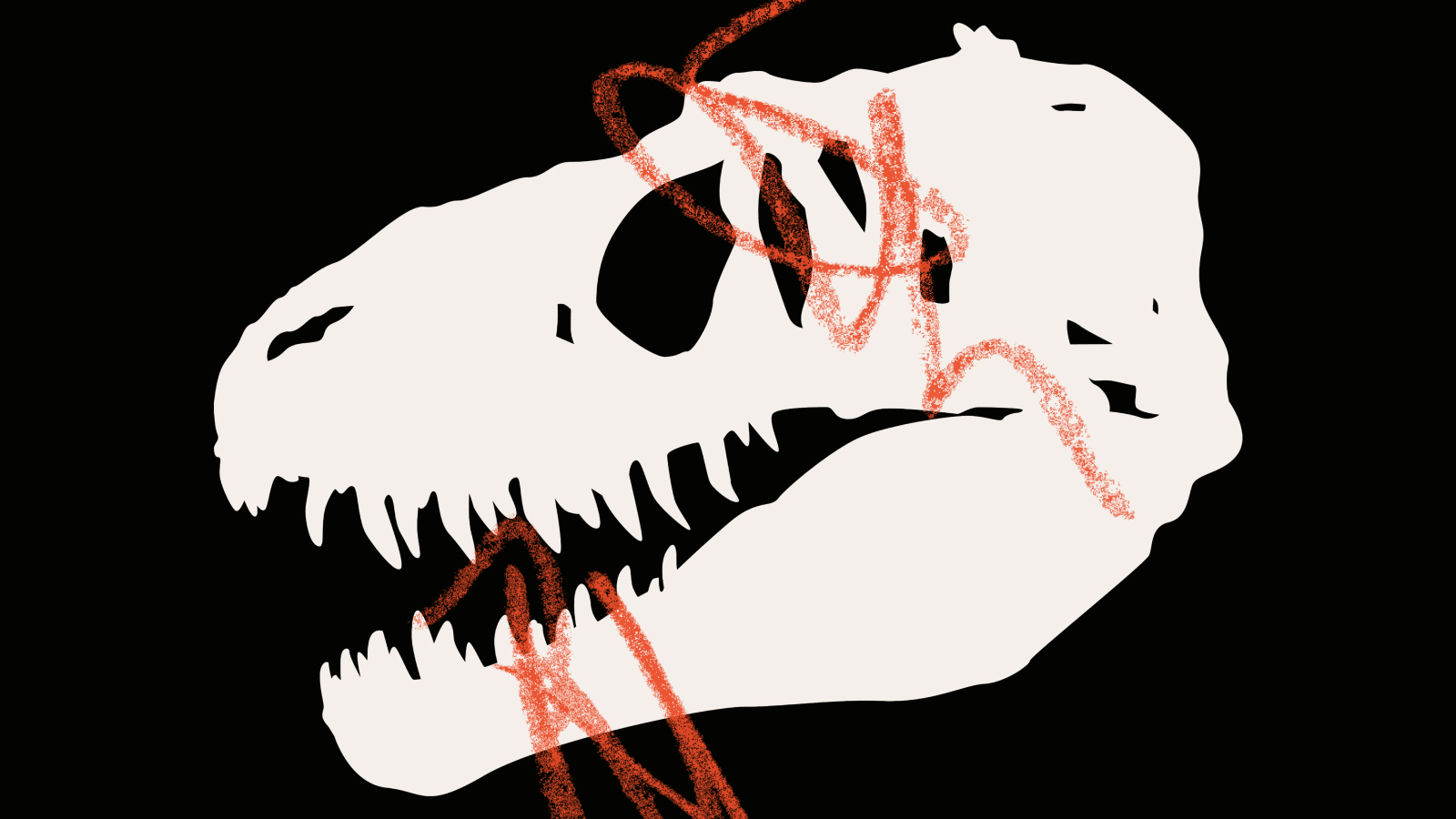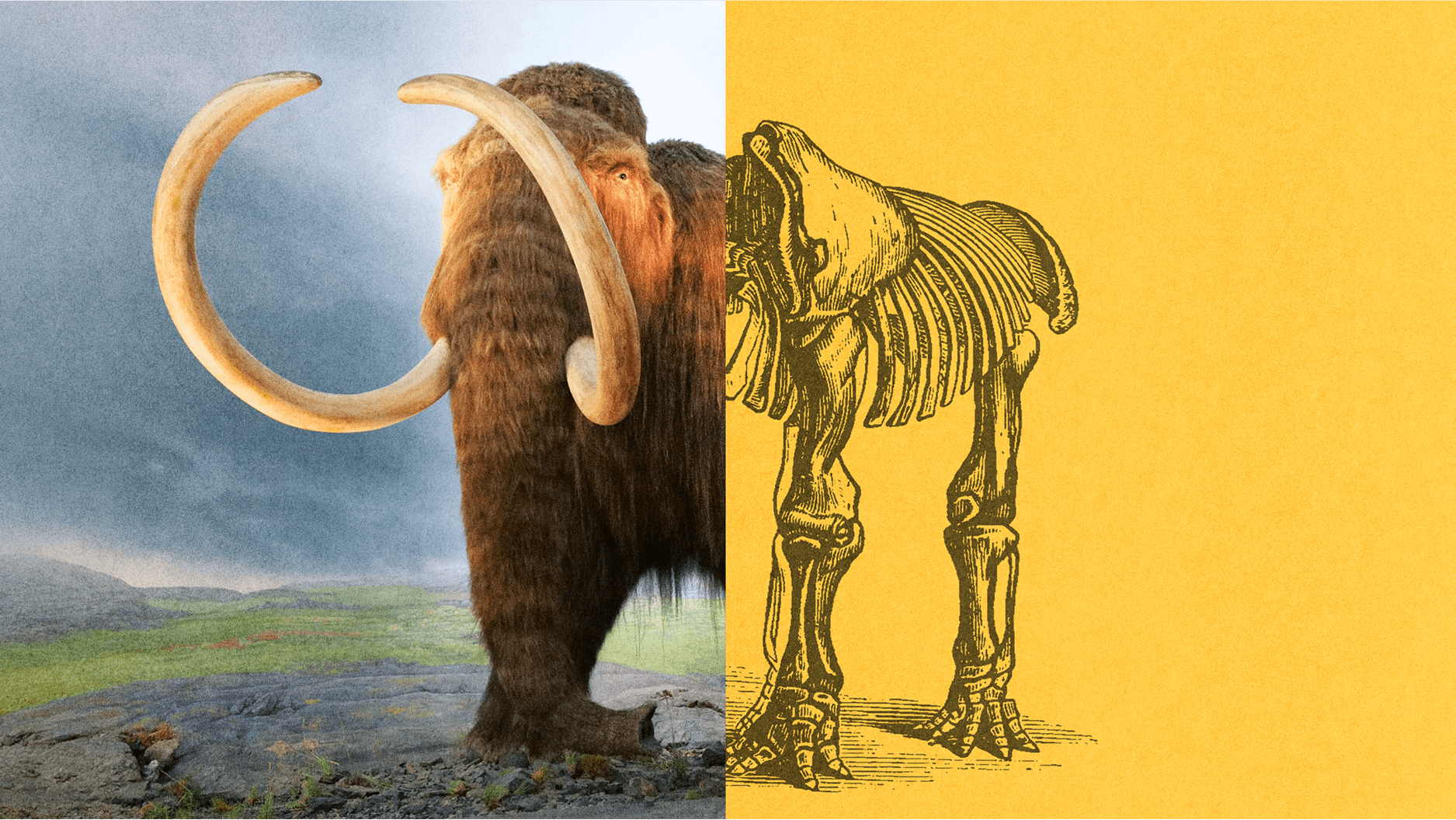New Evidence in Dinosaurs’ Extinction

What’s the Latest Development?
In Montana, a team of scientists led by Yale palaeontologist Tyler Lyson have found a new dinosaur bone closer to the Earth’s surface than ever before. They say the find supports the hypothesis that an asteroid collision is responsible for the dinosaurs’ sudden disappearance about 65 million years ago. Scientists are relatively confident an asteroid did collide with Earth some 65 million years ago because large deposits of iridium have been found in the fossil record. Iridium is an element common in asteroids but rare in the Earth’s crust. What is less sure is that the asteroid killed the dinosaurs.
What’s the Big Idea?
Why are some scientists hesitant to blame an asteroid for the dinosaurs’ disappearance? Because of a gap in the fossil record. Had an asteroid clearly ended the dinosaurs’ reign, their bones should be found just below the iridium deposits, they say. Instead, the first evidence to support the asteroid theory was found three meters below the iridium, equal to approximately 100,000 years. Scientists who emphasize this gap suggest dinosaurs began dying off gradually before the asteroid hit. Before Lyson’s recent find, the fossil gap had been narrowed to 60 centimetres in 1991 when a large dig in Montana and North Dakota unearthed dinosaur fossils.





